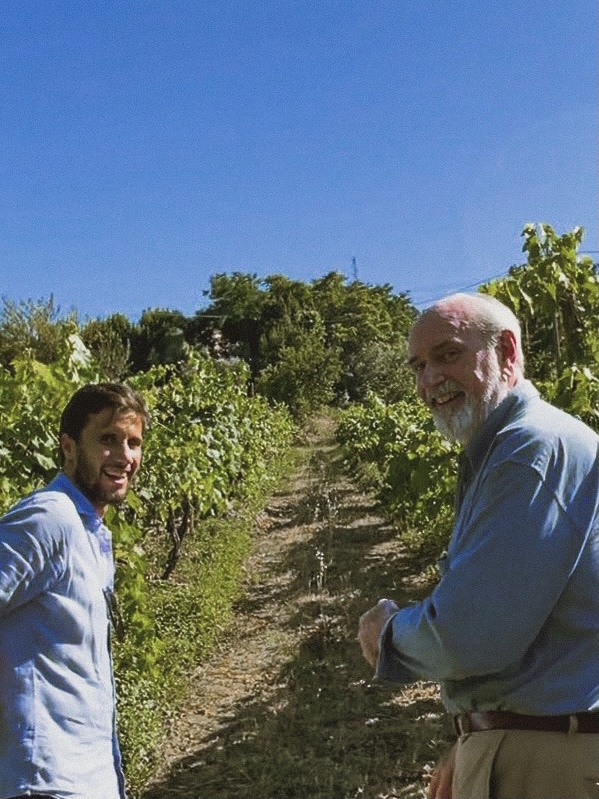Scopri di più sul vino Chianti del Montalbano che fa parte della Box Pistoia di Radici Italiane.
Ci avviciniamo alle colline sopra la città di Quarrata, dove il panorama si estende su tutta la pianura che da Pistoia si prolunga verso Firenze. Nelle giornate più limpide si possono osservare la cupola del Brunelleschi e il campanile di Giotto. È proprio su queste colline che si produce il vino Chianti Montalbano, varietà del Chianti riconosciuta con il marchio DOCG.

Il disciplinare prevede l’utilizzo dal 70% al 100% di uve Sangiovese. I vigneti devono essere situati in zone collinari e viene consentita la tradizionale pratica enologica del “governo all’uso Toscano“. E’ una tecnica utilizzata fin dal Medioevo e consiste in una lenta rifermentazione del vino appena svinato con uve leggermente appassite. Il risultato è un vino leggermente frizzante e di ottima bevibilità.
Per raggiungere la Tenuta di Lucciano, ci lasciamo alle spalle Tizzana, un antico borgo medievale che fungeva da roccaforte del sistema difensivo di Pistoia contro la vicina rivale Firenze. Oggi Tizzana conserva solo qualche rudere del suo castello e, pur avendo perso importanza a favore di Quarrata, situata in pianura e quindi più facile da raggiungere, vanta un’ottima posizione su tutto il Montalbano.
Qui, seguendo una strada che costeggia le verdi colline, arriviamo al vigneto, che si trova sopra l’antica cascina di proprietà dei conti Spalletti. Il terreno è caratterizzato da una importante pendenza e da una buona esposizione al sole, che impreziosisce il vino con note mai uguali.
Le colline del Chianti del Montalbano e il vino certificato DOCG
Il Conte Spalletti ci racconta di quando suo nonno decise di destinare questi appezzamenti a vigneto, per produrre un vino che coniugasse qualità e bevibilità. Ci svela il contributo decisivo in favore dell’azienda che diede sua nonna, la contessa Spalletti. Fu peraltro una pioniera dei diritti civili e sociali delle donne. Infatti, parallelamente all’attività vinicola fondò un’azienda di ricamo e riconobbe alle lavoratrici una serie di tutele come l’indennità di maternità e l’indennizzo per infortunio o malattia.
Quella del conte Spalletti è una storia familiare di grande rilievo per tutto il territorio circostante. Qui il vitigno gode di un’esposizione particolarmente favorevole. Un punto di forza che ritroviamo poi a tavola quando assaggiamo questo vino, che racconta il legame fra tre generazioni di quest’azienda vinicola e le splendide colline circostanti.

- Clicca qui per acquistare questo prodotto – Box Pistoia
- Clicca qui per acquistare questo prodotto – Creando la tua Box personalizzata
- Clicca qui per scoprire dove e come si fa questo prodotto
